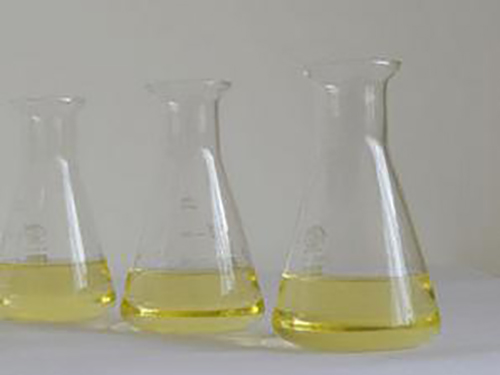anionic polyacrylamide uses
Overview of Anionic Polyacrylamide and Its Uses
Anionic polyacrylamide (APAM) is a water-soluble polymer that is widely used across various industries due to its unique properties. This polymer is a derivative of polyacrylamide, where the introduction of anionic groups enhances its functionalities. APAM is typically used in applications involving water treatment, soil conditioning, and as a flocculant, among others. This article will delve into the various uses of anionic polyacrylamide and its significance in different domains.
Water Treatment
One of the primary applications of anionic polyacrylamide is in water treatment processes. It serves as a coagulant and flocculant, helping to remove contaminants and particulates from water. APAM aids in aggregating smaller particles into larger flocs, which can then be easily separated from water through sedimentation or filtration. This property is particularly valuable in municipal water treatment plants, industrial wastewater treatment, and in the treatment of surface water.
In industrial processes, APAM is used to enhance the efficiency of sedimentation processes, reduce turbidity, and improve the overall quality of treated water. It is effective in removing suspended solids, oils, and other organic compounds. This makes it essential in industries where water reuse is critical for sustainability and cost management.
Agriculture and Soil Conditioning
In agricultural applications, anionic polyacrylamide has gained popularity as a soil conditioner. It helps improve soil structure, enhances water retention, and minimizes soil erosion. By forming bonds with soil particles, APAM increases the soil's ability to hold moisture, which can lead to better crop yields, particularly in arid regions.
Moreover, APAM can be incorporated into irrigation systems to improve water infiltration rates and reduce runoff. The use of this polymer in agriculture is especially beneficial in practices like furrow irrigation, where water distribution is crucial for optimal plant growth. By improving moisture retention and reducing erosion, APAM contributes to sustainable farming practices.
Oil Recovery
anionic polyacrylamide uses

Anionic polyacrylamide is also utilized in the oil and gas industry, specifically in enhanced oil recovery (EOR) processes. During oil extraction, APAM assists in increasing the viscosity of the water injected into oil reservoirs. This increased viscosity helps to displace the oil more effectively, leading to improved recovery rates. By optimizing the oil extraction process, APAM not only increases yield but also minimizes environmental impacts associated with conventional extraction methods.
Mining and Mineral Processing
In the mining sector, anionic polyacrylamide is employed as a flocculant for mineral processing. It helps in the separation of valuable minerals from unwanted materials by facilitating the settling of particles in slurries. This application enhances the efficiency of various mineral recovery processes, including flotation and sedimentation.
Furthermore, APAM can assist in tailings management by promoting the consolidation of tailings particles, thereby reducing water content and the volume of stored waste. This is particularly important for the environmental footprint of mining operations, as it helps to minimize land use and potential contamination risks.
Construction Industry
The construction industry also benefits from the properties of anionic polyacrylamide. It is used in soil stabilization projects and as an additive in cement and concrete formulations. By enhancing the workability and reducing water permeability, APAM improves the strength and durability of concrete structures. Additionally, it can be utilized in the management of construction site runoff, assisting in sediment control and maintaining environmental compliance.
Conclusion
Anionic polyacrylamide is a versatile polymer with a myriad of applications across various industries. Its efficacy as a flocculant in water treatment, soil conditioner in agriculture, enhancer in oil recovery, and aid in mineral processing highlights its significance in promoting sustainability and efficiency. As industries continue to evolve and face environmental challenges, the demand for such multifunctional materials is poised to grow, making APAM an essential component in modern applications. Its contributions to water conservation, resource extraction, and ecological management underscore the importance of anionic polyacrylamide in our daily lives and industrial practices.
-
lk-319-special-scale-and-corrosion-inhibitor-for-steel-plants-advanced-solutions-for-industrial-water-systemsNewsAug.22,2025
-
flocculant-water-treatment-essential-chemical-solutions-for-purification-processesNewsAug.22,2025
-
isothiazolinones-versatile-microbial-control-agents-for-industrial-and-consumer-applicationsNewsAug.22,2025
-
scale-inhibitor-key-solutions-for-water-system-scale-preventionNewsAug.22,2025
-
organophosphonates-versatile-scale-inhibitors-for-industrial-water-systemsNewsAug.22,2025
-
scale-and-corrosion-inhibitor-essential-chemical-solutions-for-water-system-maintenanceNewsAug.22,2025





